Constitution-making bodies (CMBs) may produce many reports, including annual reports, financial reports, or the findings of working committees. This page focuses on Explanatory Reports – reports produced by a CMB to accompany the proposed draft constitution. Explanatory Reports are designed to explain the process employed to arrive at the draft and the reasons for recommendations on various constitutional issues. Explanatory Reports often explain how the draft/proposed constitution responds to the views of the public expressed during the process and explains why some views have been accepted and others not. Explanatory Reports are either written by the constitution-making body or else by the Secretariat and then endorsed by the CMB.
Primer
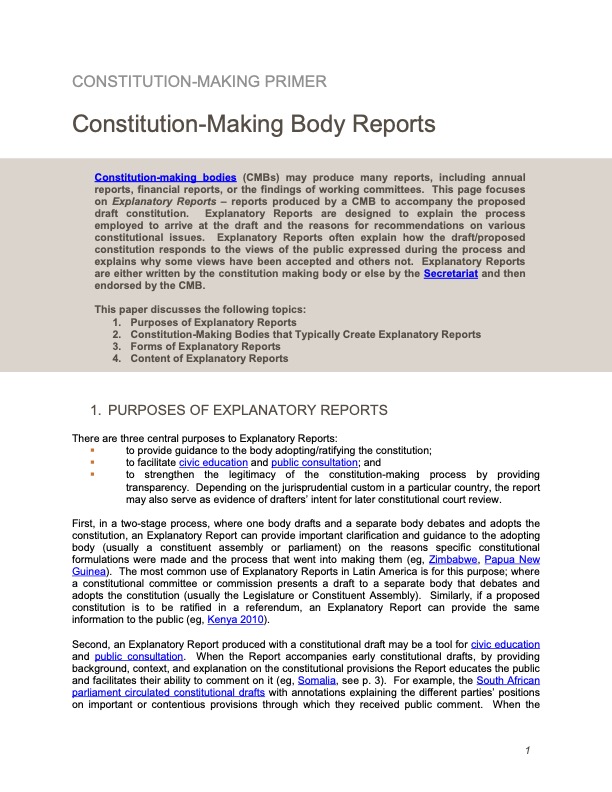
Sample Materials
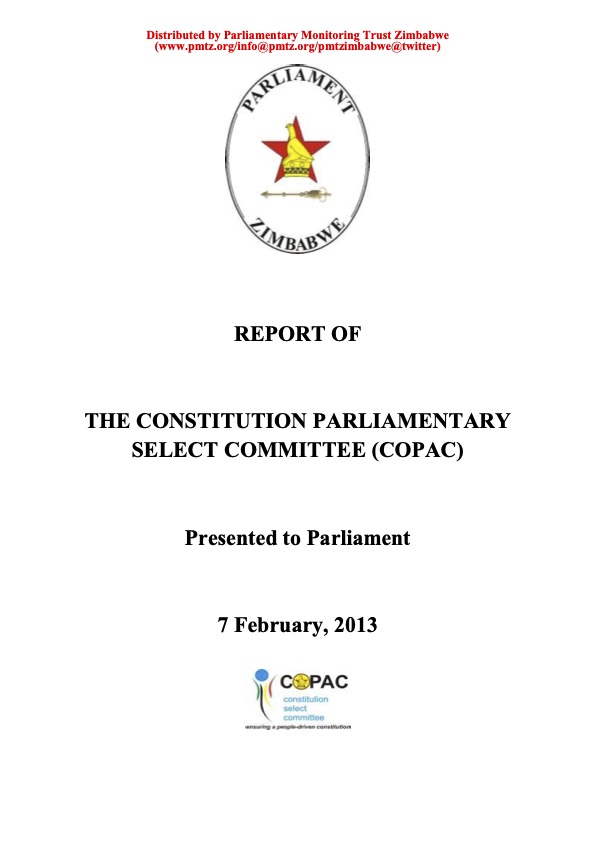
This is the final report of COPAC presented to Parliament in February 2013. The report outlines the work of the Select Committee and its sub-committees and describes the constitution-making process in detail. The report includes a discussion of the public outreach program of COPAC, the drafting process and the All Stakeholders Conferences.
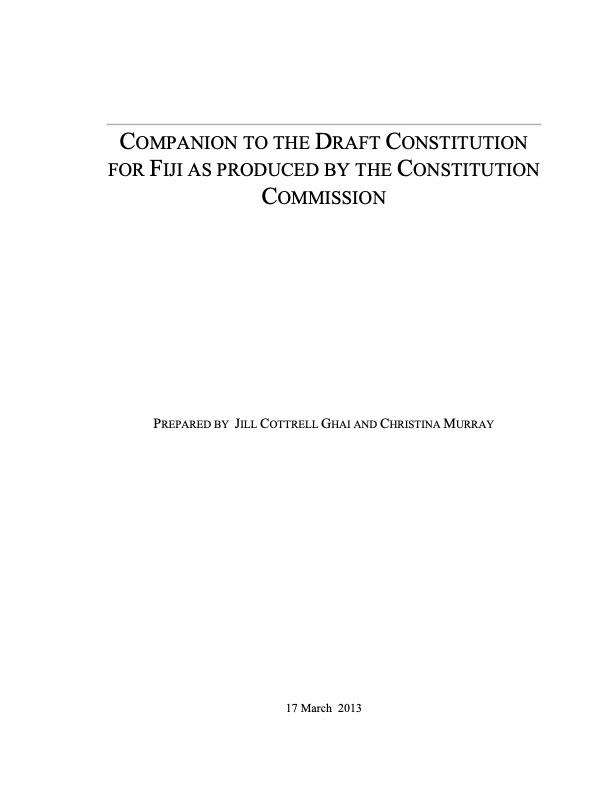
This report was produced as a companion guide to the Fiji Constituiton Commission's Explanatory Report in order to provide more detailed understanding of the draft constitution. The report is an analysis of each chapter of the draft constitution and provides detailed explanations into the provisions contained therein.
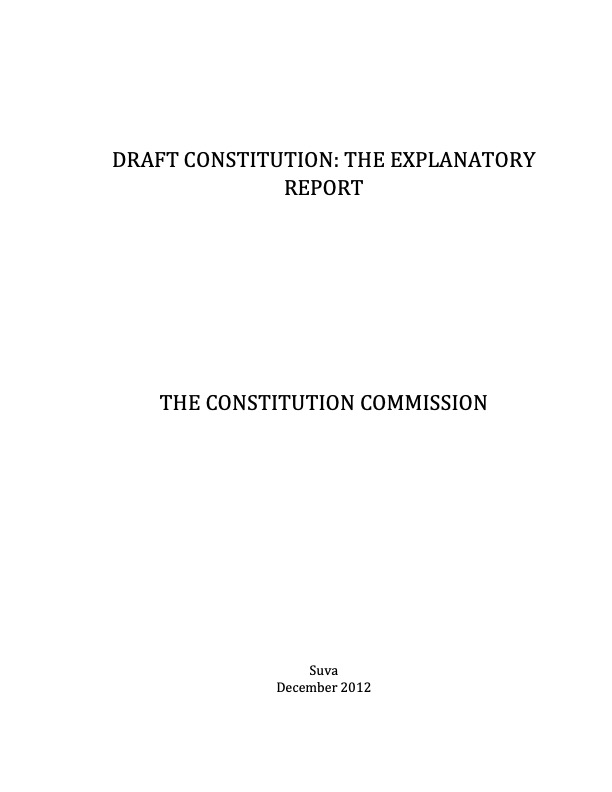
The Explanatory Report is a record of the work of the Constitution Commission in preparing the Draft Constitution of Fiji. The report explains the Draft Constitution that was prepared by the Constitution Commission, going into detail on (a) the recommendations embodied in the draft constitution; (b) the reasons for those recommendations; (c) how those recommendations relate to the Commission's mandate; (d) the views that the Commission received from the people during consultations; and (e) how the Commission carried out its work.
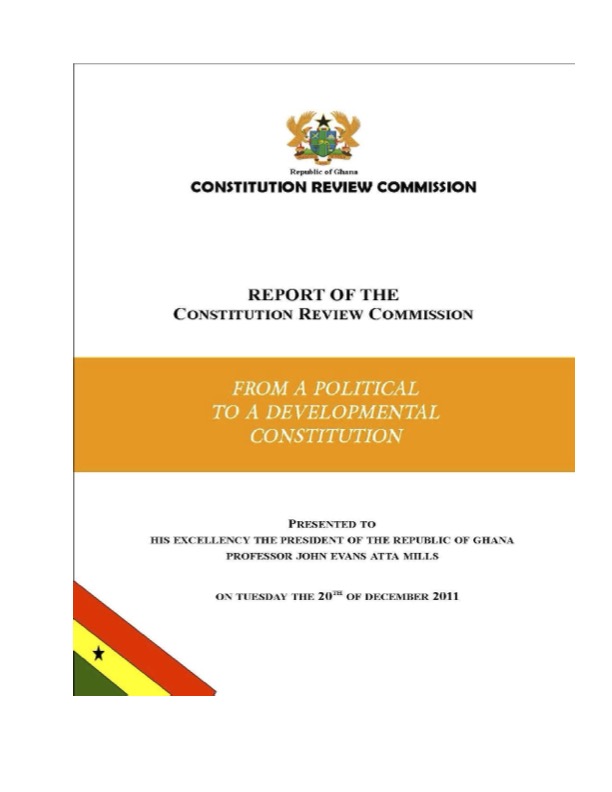
This is the final report of the Ghana Constitution Review Commission, along with the related White Paper delivered to the President. The report outlines the consultative review process and methodology and discusses the Commission''s findings and proposals on substantive constitutional themes.
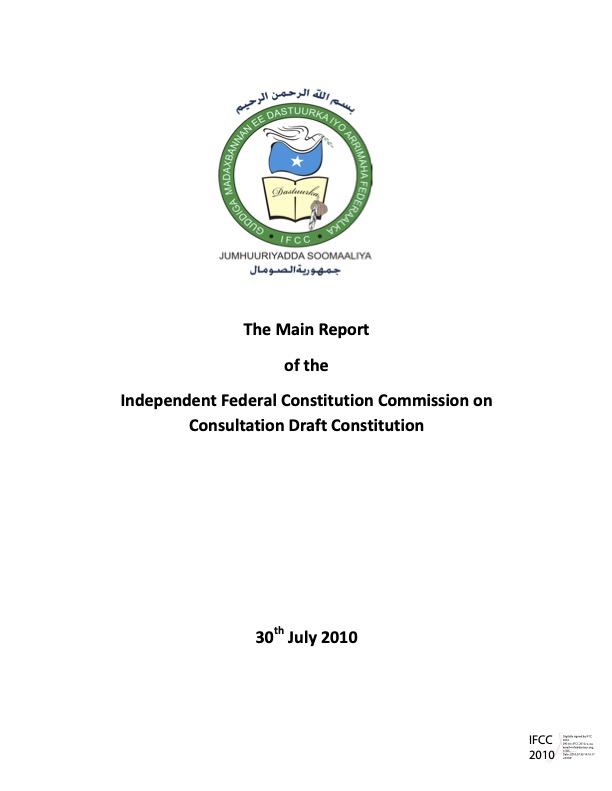
The IFCC was tasked with drafting a constitution for Somalia. It published the the Consultation Draft Constitution (CDC) in June 2010 and planned to disseminate it widely to enable the Somali people to study its recommendations for the new constitution. There was little public consultation undertaken prior to the date of this report. This report: describes the constitution-making process and the approach of the IFCC; provides an overview of the draft constitution; and includes a more detailed discussion of the chapters of the draft constitution. Keywords: Constitution-Making Body, Constitutional Commission, Drafting, Process Overview, Organization of Constitution-Making Body, Public Participation, Public Consultation (Material), Draft Constitution, Constitution-Making Body Report. Example.
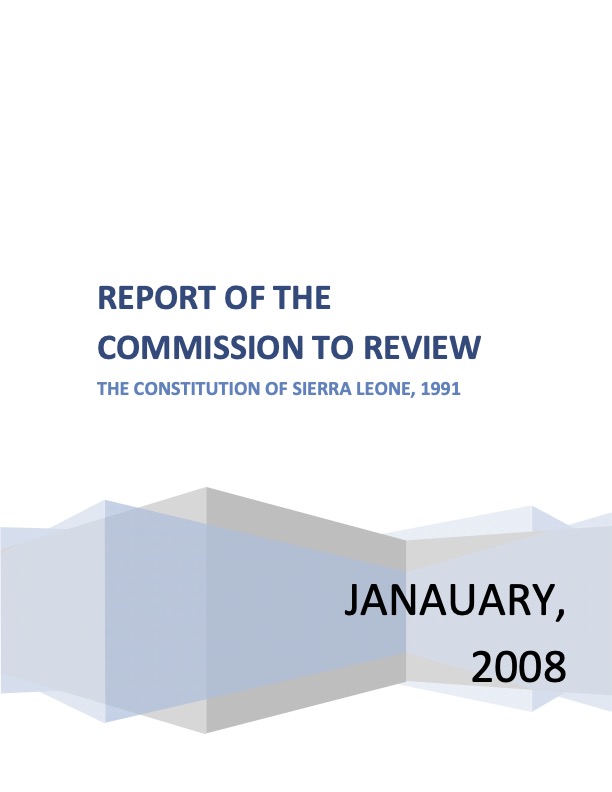
This is the report of the Commission published in January 2008. The Commission was mandated to "review the Sierra Leone Constitution of 1991 with a view to recommending amendments that might bring it up-to-date with the economic, social and political developments that have taken place nationally, and internationally since 1991." The report recommends a number of substantive amendments to the constitution, which will be taken up in the post-2013 review process. It also outlines the Commission's membership, working procedures, consultation program and submissions received.
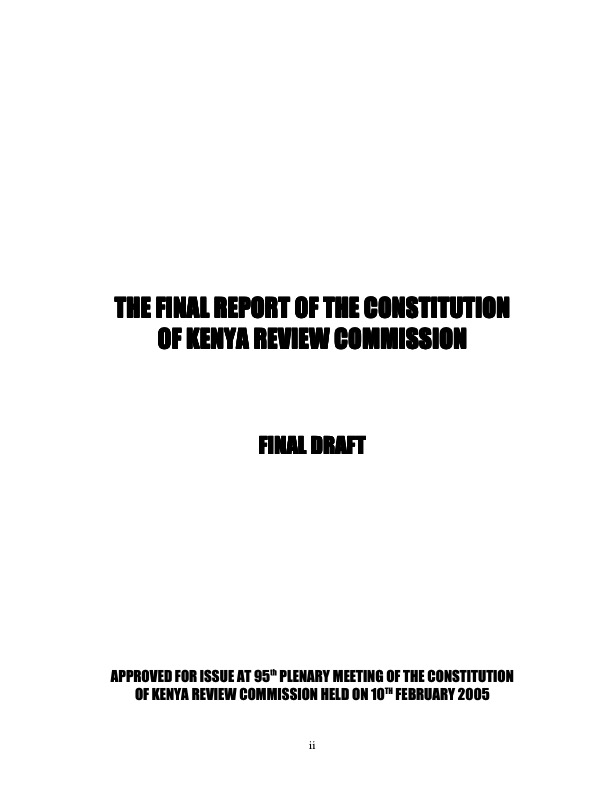
This is the final report of the Constitution of Kenya Review Commission (CKRC) delivered in February 2005, prior to the November 2005 referendum. The report is organized as follows: Part One provides background information, including with respect to the establishment of the CKRC; Part Two discusses Kenya's constitutional development and the reform process; Part Three summarizes the public inputs received; Part Four discusses the 2003-4 National Constitution Conference (NCC); and Part Five discusses some post-NCC issues.
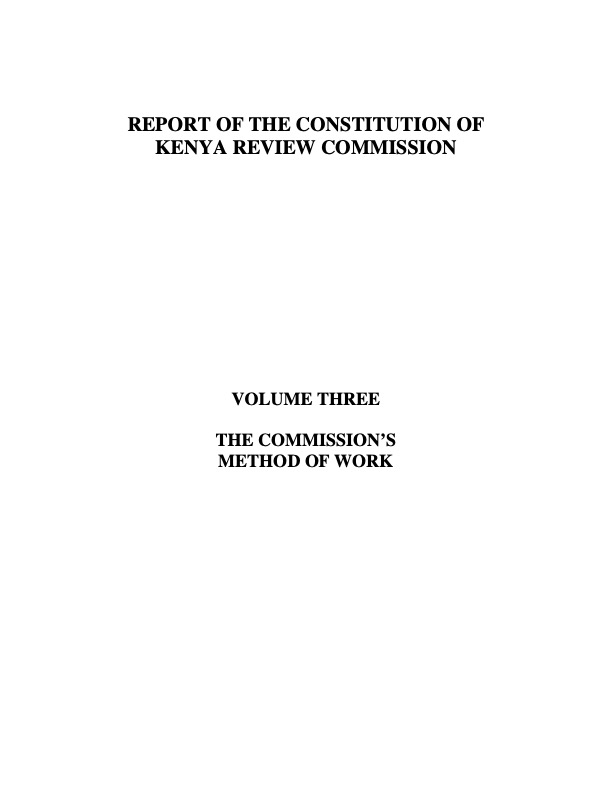
This report of the CKRC comprehensively discusses the Commission's mandate, structure and activities as part of the post-2000 constitution-making process. The report is structured around the CKRC's activities before, during and after the 2003-2004 National Constitution Conference (NCC).
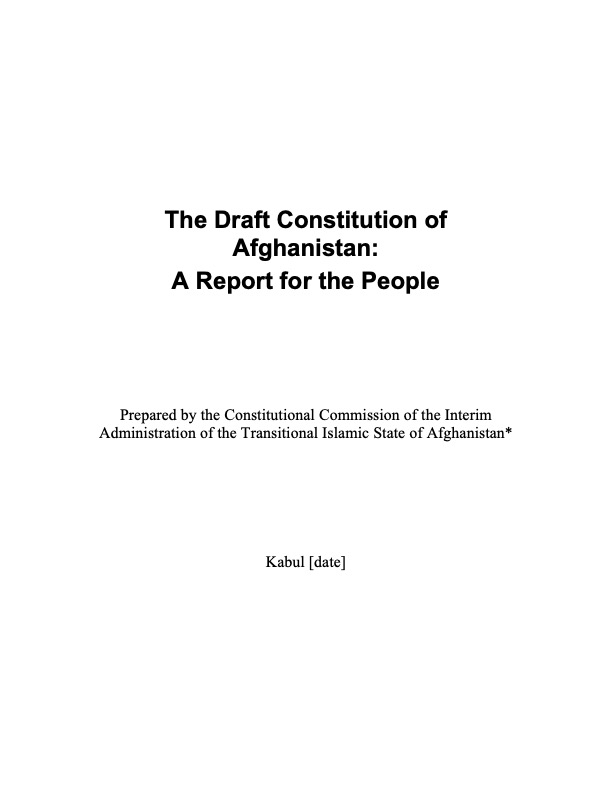
This is a draft of the report that was circulated to the Afghan public, along with the draft Constitution of Afghanistan. It summarizes the input received from the public consultations held prior to the creation of the draft, and provides an explanation of the guiding principles of the Constitution as well as a detailed discussion of each of its chapters.
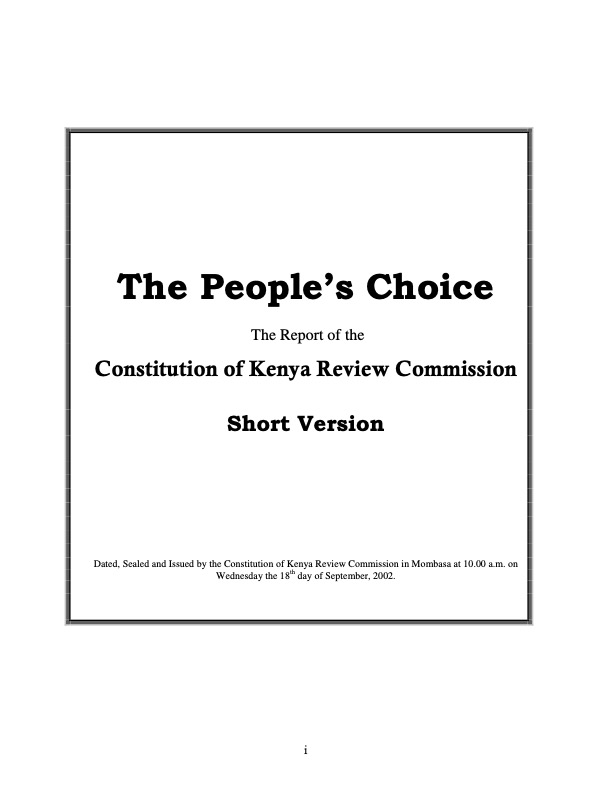
This is the initial version of the 2002 final report of the Constitution of Kenya Review Commission (CKRC) on its work and recommendations for a new constitution, prior to the 2003-4 National Constitutional Conference. The report is structured as follows: the background to the process and public consultation the values, principles, rights and policies in the new draft constitution political and structural matters under the draft constitution constitutionality and transition.
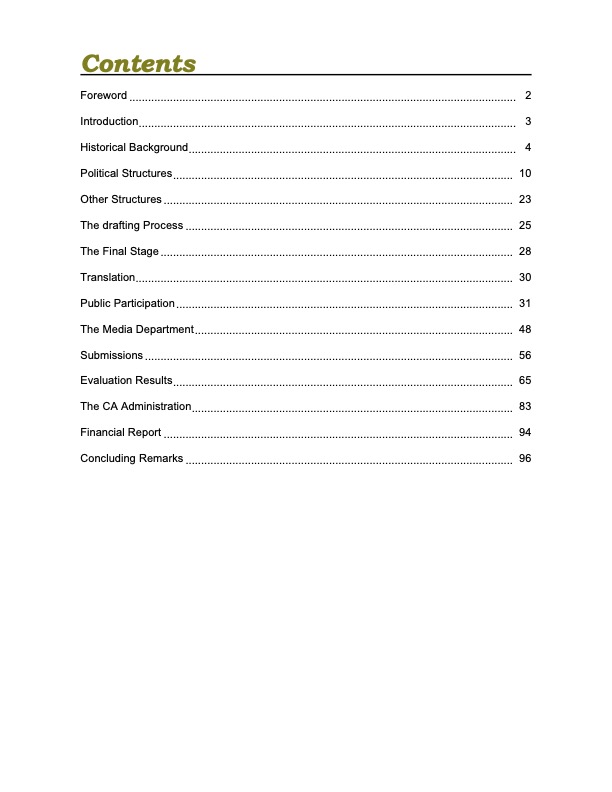
This is the second Annual Report of the South African Constitutional Assembly. The report offers a general view of the constitution-making process as a whole, but focuses on developments since the publication of the first Annual Report in May 1995. The document first provides a historical background of the process. It details the structure and composition of the Constitutional Assembly, thematic committees, and other structures such as the Independent Panel of Constitutional Experts, and the administration. The report also mentions the drafting process, the strategies and lessons learned from the Public Participation and Education Programmes.
Further Reading
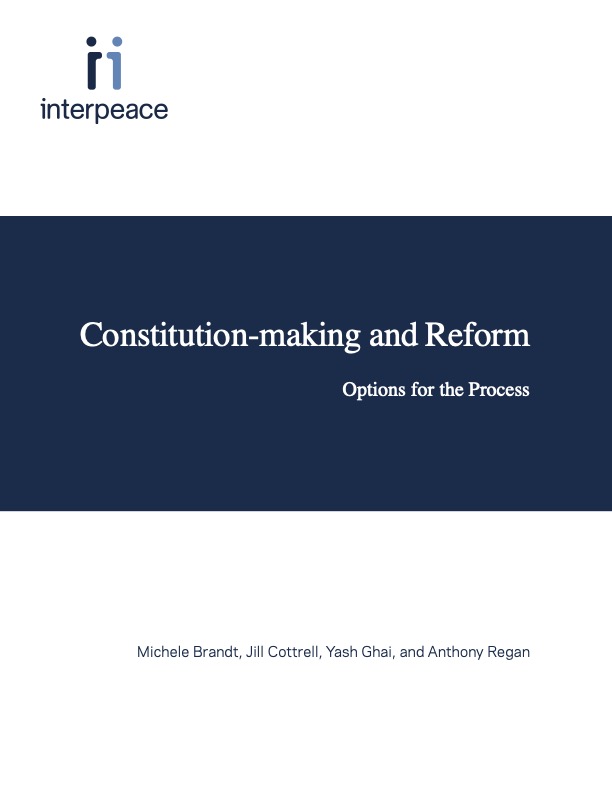
This is a comprehensive guide to constitution-making and reform. The book identifies the tasks that need to be carried out, the procedures that can be used, and who can do them. It is intended for a wide audience and to be a guide for anyone who is engaged in a constitution-making process, or who is interested in improving constitution-making practice. It includes a discussion on the following topics: Emerging guiding principles, Impacts of Adherence to Guiding Principles, The Role of a Constitution Issues of Process Key Components and Issues of the Constitution-Making Process Tasks and Responsibilities in Constitution-Making Assessing the Impact of Constitution-Making Who Does What in the Process Starting the Process Public Participation Administering and Managing the Process and its Resources The Agenda of Constitutional Issues and Generating Ideas on the Issues Debating and Deciding the Issues The Constitutional Text: Coherence and Drafting Adopting and Implementing the Constitution Institutions with Multiple Roles Institutions that Develop Proposals about which Final Decisions are Made Elsewhere Administrative Management Bodies Specialist or Technical Input Institutions Referendums and Plebiscites Civil society and the media and Guidance for the International Community.
